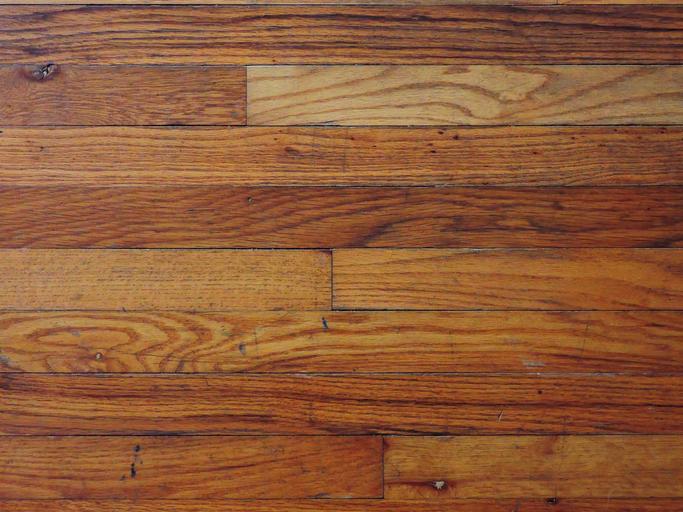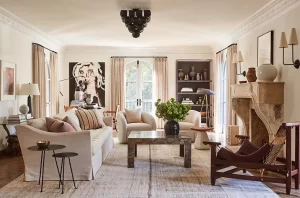Eucalyptus wood is not one of the best known, but it is one of the most used, both in interior and exterior carpentry. This variety is one of those with the most significant potential. The genus Eucalyptus is one of the most complex in the plant kingdom.
Eucalyptus is a wood that has taken a dominant role in the timber market for its diversity of uses and applications such as eucalyptus floors, moldings, chambres, strips, openings, boards, furniture, decks, and even light poles, among other services.
There are around 700 species of eucalyptus, most of which are native to Australia. However, due to its adaptability to different climates, different soils, and rapid growth, its plantation has spread worldwide. Eucalyptus has replaced traditional native woods and allows the conservation of native forests, offering the market quality wood at a very competitive price. eucalyptus floors, for example, is a novel product that once again makes wood an intelligent choice for its sophisticated aesthetics, warmth and for providing a product that is accessible to the middle classes.
Undoubtedly, eucalyptus floors are a beautiful and sustainable alternative in the wide world of wood surfaces. According to several experts in the field, this sustainable material meets excellent conditions in interior spaces; it also looks exquisite and delicate. For example, compared to bamboo, its similarity in sustainability, strength, and attractiveness are practically the same, being the eucalyptus even more economical at the time of purchase.
The characteristic tone of eucalyptus floors is cocoa, creating a perfect wood floor with a dark walnut look. Although the great variety of eucalyptus trees offer different colorings, such as Eucalyptus Colorado with a dark reddish color and Eucalyptus Grandis with a lighter tone, it is characterized by being a uniform wood, almost free of knots and having a delicate, continuous, and pleasant grain to the senses. With a new generation of varnishes, lacquers, and other protective treatments, it is possible to achieve an aesthetic similar or superior to native species at a competitive cost and without harming the environment.
Regarding its durability, it is class 2 in contact with the ground, representing 5 to 15 years. Outdoors it is class 3, as well as when it is not in connection with the environment. This class ranges from 15 to 40 years, depending on the treatment and maintenance it receives. This is why eucalyptus has replaced traditional native hardwoods and is used today to construct decks, pergolas, gates, fences, outdoor furniture, and gazebos, for example. Therefore, it is not surprising that its warranties usually extend up to twenty-five years, which indicates that it is a quality product. Also, its availability is vast since it is a wood planted habitually, even with excellent results in humid areas.
The installation of eucalyptus floors is relatively simple. They are generally purchased in planks with tongues and grooves for fitting, eliminating glues or special additives. Also, since it is hardwood, it can’t suffer from cracks or dents, extending its useful life.




